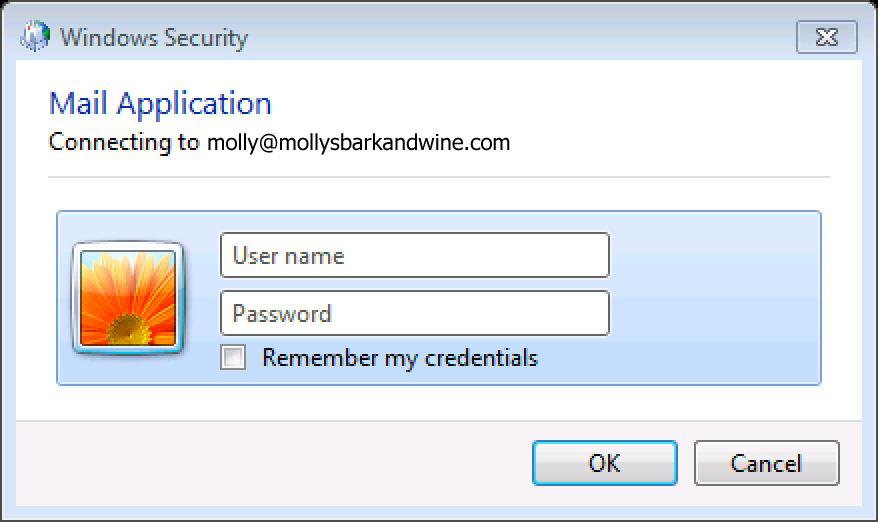


The user did not dismiss the notification. The user has an empty state at reading pane (does not select the option of auto opening the first email).

The user is not already using Outlook for iOS and Android. To learn about the various storage plans available, please click here. however, you will need to make sure people have the proper permissions to access that email group if using this method. Starting February 1, 2023, cloud storage used across Microsoft 365 apps and services includes attachments data and OneDrive data. The QR code experience is enabled for the tenant (this experience is enabled by default). I agree with WarrenBelz, it would make sense to use From if you wanted the notification to come from something like a department email rather than an employees work email. The notification is only generated if the following conditions are met: This QR code is a short lived token that can only be redeemed once. They will be able to scan the QR code to log into Outlook on their phone or tablet. If users choose to send themselves an SMS text message to download the app on their mobile device, a QR code will appear on their computer. These notifications can be managed by the administrator using Exchange PowerShell. In Outlook on the web or other desktop Outlook applications, users may see notifications informing them that they can use Outlook on their mobile device. By scanning a QR code, users can securely authenticate and sign in to Outlook mobile. We rolled back this experience on commercial and enterprise users since we wanted to provide more security and customization for all the different cases they managed.Īs the Microsoft 365 administrator, you can enable your users to sign in to Outlook for Android or iOS app on their mobile devices without having to enter their username and password. The work involved in providing these controls is extensive and the Identity team continues to work on them. Office365Outlook.As of August 2021, this experience has been put on hold indefinitely for commercial and enterprise users due to organizations' lack of control over them. However, for some, PowerApps returns an error message: Office365Outlook.SendEmailV2("Email Address Here", "Subject Title Here", "Email Body Here", )Īgain, this works for most users.

It looks like this. "varUser.Email" is a variable holding the current user's email. I'm thinking it needs to specify which account, and so I tried using "From" inside the code. However, for one resource, the email account sends using a shared mailbox. Office365Outlook.SendEmailV2("Email Address Here", "Subject Title Here", "Email Body Here")įor some resources, this sends out correctly using their account. I get an error from some individuals, and for some it pushes through correctly. I used the Office365Outlook data source in PowerApps to send out an email notification based on fields and buttons clicked within a canvas app.


 0 kommentar(er)
0 kommentar(er)
